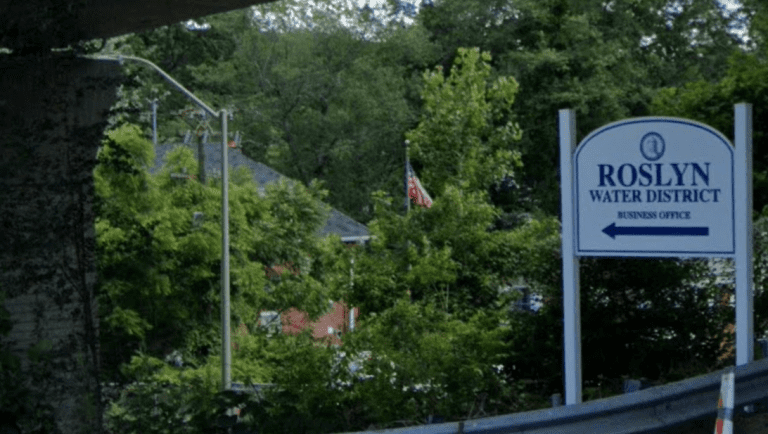
East Hills resident Michael Kosinski won his re-election bid for Roslyn Water District commissioner with 19 votes on Tuesday. He ran unopposed.
”I am thankful for those who supported me and look forward to continuing our mission which is to ensure that the water district’s financial stability is secure, water quality is maintained and the infrastructure is prepared for future generations,” Kosinski said to Blank Slate Media.
Kosinski works as an architect and also serves as the East Hills Board of Appeals chairman.
He said future needs for the district involve reconstruction of old or outdated wells to keep up with new state regulations, additional treatment facilities and rehabilitation where needed.
Kosinski touted his experience in a previous interview in Blank Slate Media.
“We need to keep our maintenance ongoing while having the district know the water is always going to be there for them,” Kosinski said. “There are five, 10-year plans that have been drawn out in the past and it is a matter of keeping that on track and hitting those goals.”
The Roslyn Water District, one of the oldest public water suppliers on Long Island, encompasses the villages of Roslyn, Roslyn Estates and East Hills, as well as portions of Roslyn Heights, Roslyn Harbor, Flower Hill, North Hills, Greenvale, Albertson, Glenwood Landing and Port Washington. The service territory is 5.1 square miles and the district has more than 5,780 customers.
Challenger Ed Scott defeated incumbent Howard Abbondondelo in the election for Albertson Water District commissioner. Scott tallied 536 votes to Abbondondelo’s 180.
Scott, 54, is a retired NYPD sergeant who owns his own business in Albertson and has served as the Albertson Square Civic Association president for the last nine years.
The other two commissioners in the district are Richard Ockovic and Kenneth Vey.
The Albertson Water District spans 1.5 square miles and has a population of 13,500. There are three storage tanks with five wells. In addition, there are 447 fire hydrants and 50 miles of water mains.
Scott said he wants to advocate for the residents and taxpayers as much as he can because as an unincorporated village that representation is hard to come by from town officials sometimes.
“I did not want to see what happened to the city out here on Long Island,” Scott said in a previous interview with Blank Slate Media. “I want to keep suburbia suburbia.”
A major issue Scott saw in the election was the potential for commissioners to bring back expensive health benefits through the district. The civic association president believed that it would be a burden to taxpayers to pay for something he considers unnecessary.
“It has a domino effect and it would come at an unnecessary cost to the Albertson residents,” Scott said. “To me, it’s greedy. The Albertson residents should not have to foot the bill for someone else’s medical benefits.”
During his term, Scott said he plans to use his experience speaking on behalf of others to improve the district.
“We don’t have a mayor. I am used to speaking up and not serving myself, but the people,” Scott previously said.
Manhasset-Lakeville Fire and Water District Commissioner Brian Morris won his re-election bid over Ahmed Shakir, with 438 votes to 41. Write-in candidates received 15 votes.
Morris will begin his fifth term on Jan. 1 alongside Commissioners Steven Flynn and Mark Sauvigne.
The Manhasset-Lakeville Water District serves approximately 45,000 customers who use 7.4 million gallons of water a day within the service area of 10.2 square miles, according to the water district’s website. Eighteen wells at 13 locations provide water to Manhasset and portions of Great Neck and North New Hyde Park.
Morris had said he was running on similar priorities and positions as in years past, which include updating district infrastructure to meet new state regulations and maintaining excellent service for district residents.
“Both the water and fire districts have aggressive capital improvement programs,” Morris said. “I think it’s an achievement and a testament to our commitment to maintain such a high level of service in both districts while staying under the New York state tax cap.”
Regarding the water district, Morris said emerging contaminants such as 1,4-dioxane, perfluorooctanoic acid, and perfluorooctanesulfonic acid are a focus and removing them remains a prominent issue. He also referred to new construction on the way.
“In the coming years, the district will be investing over $30 million on new purification plants. When I am re-elected I will continue to strive for excellence in both the water and fire districts while keeping rates and taxes as low as possible,” Morris said.






